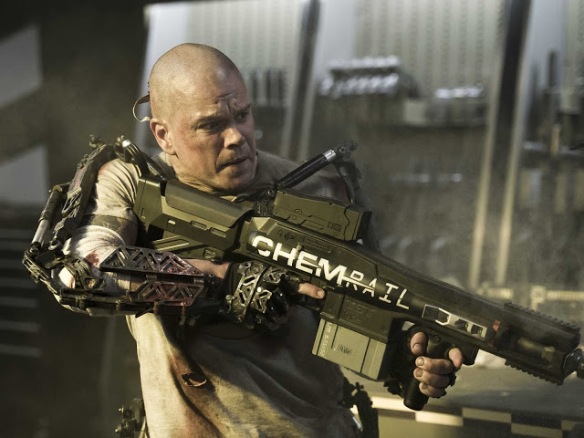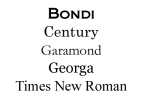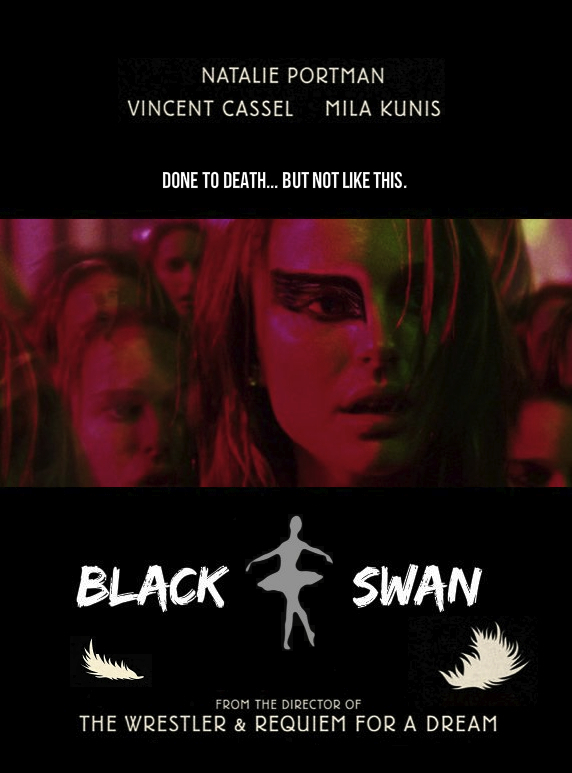So-called dystopian thriller not particularly thrilling
South African sleeper hit District 9 turned a thrilling sci-fi story about segregated space aliens into a parable about South African apartheid. Similarly to District 9, Neill Blomkamp’s sophomore film Elysium aims to explore contemporary economic and social injustice issues to no avail. Blomkamp has predicted a future Earth that is ghastly over-populated and polluted where citizens who are struggling to meet ends meet are policed by ruthless androids. Meanwhile, the very wealthy humans live in security on Elysium, a man-made space station, surrounded by robotic servants and med-bay devices in the comfort of their own homes that keep them from disease.
As a young orphan boy, Max dreams of one day taking his girlfriend to Elysium, the ultimate Paradise where together they can be healthy and happy. Flash-forward to 2154 in Los Angeles where an adult Max played by Matt Damon works on the assembly line in one of the robotics factories of Armadyne Corp. He soon receives a fatal dose of radiation in an industrial accident and is given only five days to live. He confides in his old childhood sweetheart Frey (Alice Braga), now a nurse, with a daughter Matilda dying of leukemia. In liaison with the criminal underworld, Max attempts to secure them passage to Elysium only to find themselves hunted by the cold Secretary of Defense Ms. Delacourt (played by Jodie Foster).
While the dystopian setting is a fascinating one and there are several interesting ideas at play, the film is a colossal storytelling disaster. At no point whatsoever are we drawn into the narrative, but rather kept at an arms length by means of boring and bland characters with very slight expressions of humanity. Backstories are not evident and thinly developed plot lines give a great sense of contrivance to the overall narrative.
The editing of scenes, which all seem to last less than 2 minutes each, are as flippant and shady as the political landscape on Elysium. Spectacular special effects and set design are spurned by cheap editing that is reminiscent of a hasty draft cut. Within the first half hour we have travelled far into the depths of space and back again. Due to imprecise camera work, the action is almost impossible to comprehend.
As a lead action hero, Max gives you nothing to go for. While Jodie Foster’s Ms. Delacourt may be the most interesting figure onscreen, she manages to make a series of faux pas so desperate it makes you wonder how she got her job as Secretary at all.
Most unsettling however is the over-simplistic and downright absurd conclusion to the film, which is such a cop-out that the audience is dumber for having witnessed it.
Elysium isn’t nearly as gritty or edgy as it hopes to be. In the cinema I kept thinking that the disturbing imagery should be affecting me far greater than it actually was. Yes, a few people’s heads get blown off and a character or two dies but it remains insignificant, especially given the unrealistic ending. Flaws such as these may be overlooked had we cared about these characters to begin with.








